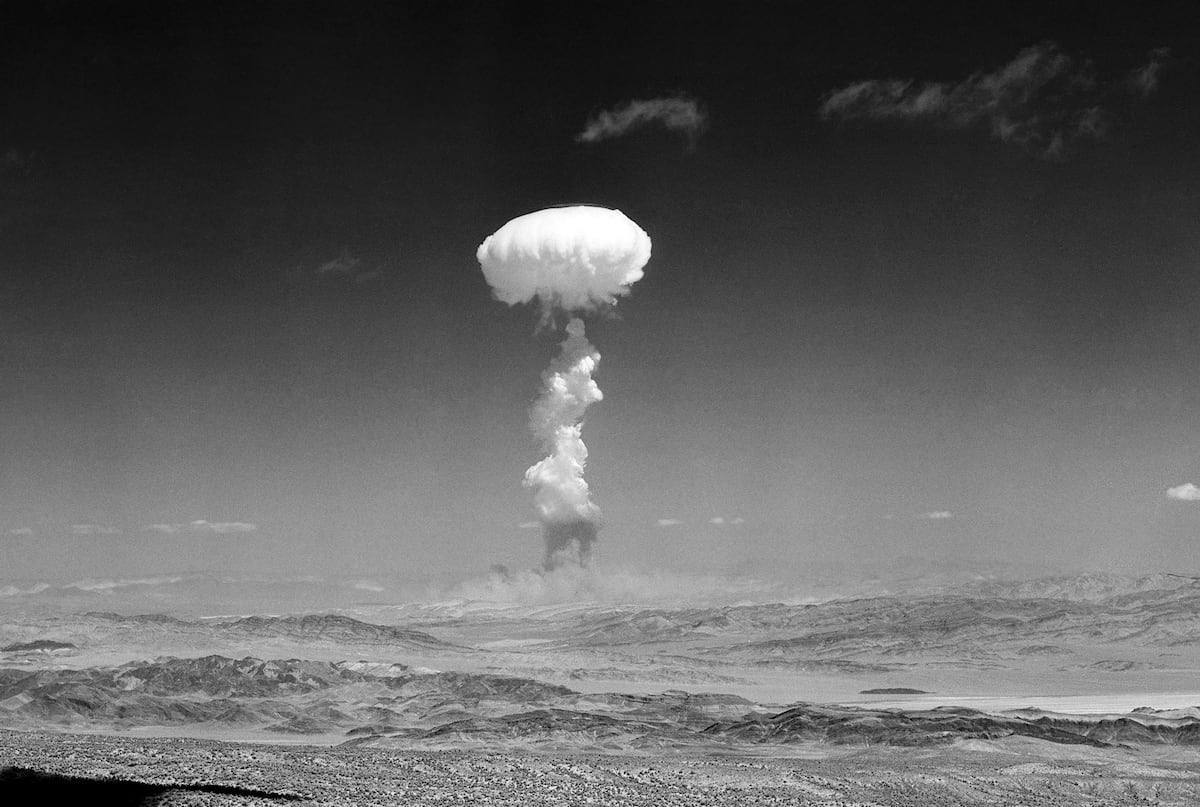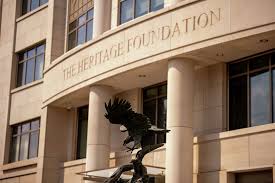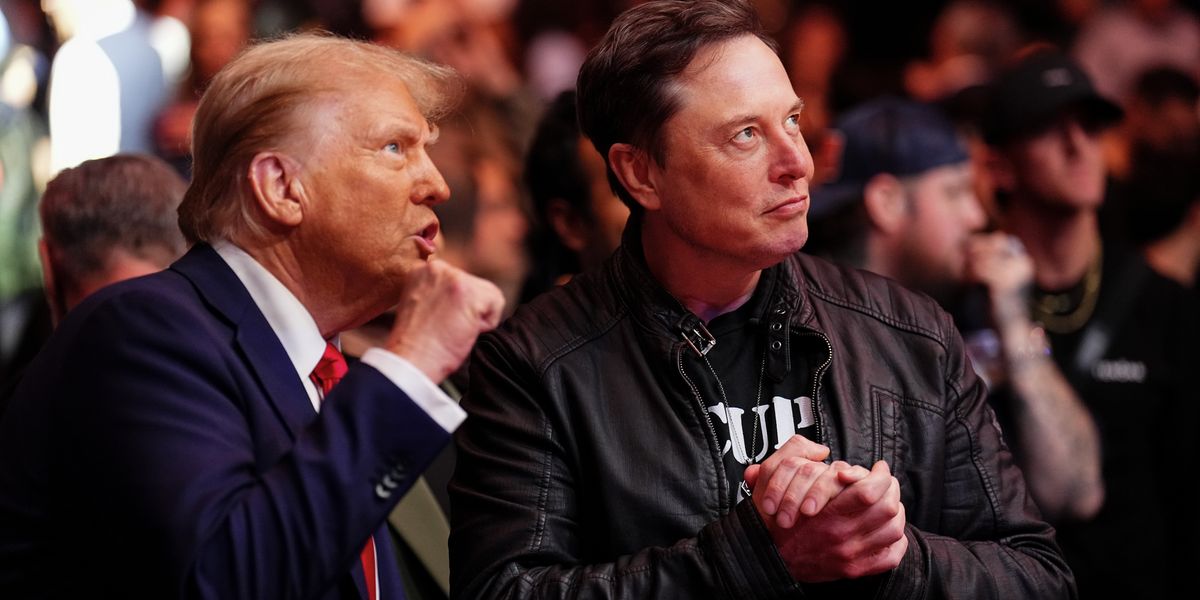Originally at https://www.sltrib.com
A conservative think tank’s push to resume nuclear testing in Nevada has opponents in Utah up in arms, many of whom are calling it a half-cocked idea that could trigger more radioactive contamination and reignite a global weapons race.
The resumption of underground nuclear weapons testing is one of the key planks in the Heritage Foundation’s controversial Project 2025, an uber-conservative playbook intended to serve as a blueprint for former President Donald Trump should he be elected to a second term in November.
Specifically, the manifesto proposes to restore the nation’s nuclear infrastructure by accelerating plutonium production and “restoring readiness to test nuclear weapons” at the Nevada National Security Site, formerly known as the Nevada Test Site, “to ensure the ability of the U.S. to respond quickly to asymmetric technology surprises.”
‘Dr. Strangelove-level insanity’
“That is literally Dr. Strangelove-level insanity on multiple levels,” Brian Moench, president of Utah Physicians for a Healthy Environment, said in a nod to the satirical 1964 Cold War comedy. “If they were to resume underground nuclear testing in Nevada, it would expose Utah and much of the country to a resumption of radionuclides. Underground testing almost invariably still releases radioactivity into the atmosphere.”
Between 1951 and 1992, 928 nuclear bomb tests — 828 of them underground — were conducted at the Nevada site before the U.S. enacted a moratorium on further testing. Many of the tests, especially those conducted aboveground during the 1950s and early 1960s, exposed tens of thousands of Utahns and others in surrounding states — dubbed “downwinders” — to deadly radioactive fallout now known to cause several types of cancer, according to the University of Utah Huntsman Cancer Institute.
(Mary Dickson) Mary Dickson.
Moench self-identifies as a downwinder. He and four of his seven siblings have been diagnosed with cancer that he attributes to nuclear testing. So does longtime downwinder advocate Mary Dickson, who was in her 20s in 1985, when doctors discovered she had thyroid cancer. She also lost an older sister to lupus, which studies linked to radiation exposure, and has a younger sister who was diagnosed with stomach cancer.
Aside from the risk to public safety, what makes the notion of more nuclear testing even more appalling to downwinders is the expiration in June of the Radiation Exposure Compensation Act (RECA), the program former U.S. Sen. Orrin Hatch helped enact in 1990 to compensate radiation fallout victims from nuclear testing during the Cold War.
Despite calls to expand and extend RECA, members of Utah’s congressional delegation and their colleagues did neither, allowing the program to sunset and leaving many victims and their families to fend for themselves.
“It’s absolutely horrifying that anyone would consider testing nuclear weapons again,” Dickson said. “It shows they don’t know anything about what those bombs did and are still doing to people across this country. It would be one of the biggest betrayals of people ever in a [Trump] administration.”
Carmen Valdez, policy associate with the Healthy Environment Alliance of Utah, echoes Dickson’s concerns, saying RECA’s expiration combined with a resumption of nuclear testing in Nevada would create “a whole new generation” of downwinders living with radioactive contamination and without a program in place to help them if they became ill from the effects of radiation.
Flying under the radar
Nuclear testing is just one of Project 2025′s policy recommendations. The 900-page plan’s controversial proposals include eliminating the Head Start program that funds early childhood education for low-income families, ramping up oil drilling, shutting down research on climate change, and installing more political appointees at all levels of government whose primary loyalty would be to the president rather than the Constitution.
Still, opponents lament, Project 2025′s call to ratchet up the nation’s nuclear stockpile and resume nuclear testing has flown somewhat under the radar. For his part, Trump has disavowed knowledge of Project 2025, saying simultaneously he knows nothing about the document while labeling some of its proposals as “abysmal.”
A CNN analysis found six of the former president’s Cabinet secretaries wrote or collaborated on the Heritage Foundation playbook and 140 former Trump administration employees also were involved in the project. Moreover, Project 2025′s nuclear weapons provisions dovetail with the hawkish proposals Trump’s former national security adviser, Robert O’Brien, pitched in June.
In a policy piece he penned for Foreign Affairs magazine, O’Brien argued the U.S. needs to resume testing “for reliability and safety in the real world for the first time since 1992,” the year when the nuclear testing moratorium was issued.
He further advocates a dramatic expansion of the nation’s nuclear stockpile to ensure the U.S. has “technical and numerical superiority to the combined Chinese and Russian nuclear stockpiles.” That would double the nation’s nuclear arsenal from 5,550 to 11,100 warheads. Russia and China have a combined 6,080, according to the Arms Control Association.
Project 2025 further proposes rejecting the ratification of the Comprehensive Nuclear Test Ban Treaty of 1996, which the U.S., China, Egypt, Israel and Iran signed but never ratified. Russia did ratify the treaty but later rescinded its ratification.
Lynn Rusten, vice president of the Nuclear Threat Initiative’s Global Nuclear Policy Program, said the U.S. would violate the treaty if it resumes nuclear testing after a 32-year hiatus. She further adds live testing is unnecessary because the U.S. has the Stockpile Stewardship and Management Program, which does “science-based assessments” of the safety, reliability and effectiveness of nuclear weapons that don’t jeopardize public safety or heighten geopolitical tensions.
She and other critics of Project 2025 argue that resuming nuclear testing could set off a chain reaction, leading other nations to test, expand and modernize their nuclear arsenals, thus rekindling the arms race and the risk of nuclear war.
Even with underground testing, Rusten said, there are still risks to people and the environment that are entirely avoidable and unnecessary.
“In terms of the health and environmental effects,” Rusten added, “I’m pretty sure there are not many people in Utah and Nevada who would want to see nuclear testing resume.”
Vice President Kamala Harris’ presidential campaign in Nevada did not respond to questions about her position on resuming nuclear testing in the Silver State.
Nuclear testing isn’t a welcome prospect in Nevada, where “Gov. [Joe] Lombardo does not support Project 2025 or its nuclear policy recommendations,” according to spokesperson Elizabeth Ray.
Conversely, when Trump first pitched resuming nuclear testing in 2020, Rep. Burgess Owens, R-Utah, initially signaled his support in a K-TALK radio interview in 2020 during his campaign against then-incumbent Democratic Rep. Ben McAdams before reversing his position a few days later.
Owens’ office did not respond to questions about Project 2025 and the possible resumption of nuclear testing. Neither did the offices of Utah Gov. Spencer Cox; Sen. Mike Lee, R-Utah; and Rep. Celeste Maloy, R-Utah. Asked to predict what he believes might happen, Steve Erickson, a Salt Lake City consultant and volunteer with Downwinders Inc., demurs.
“A lot depends,” he said, “on what happens in November.”
Read the Original Story





